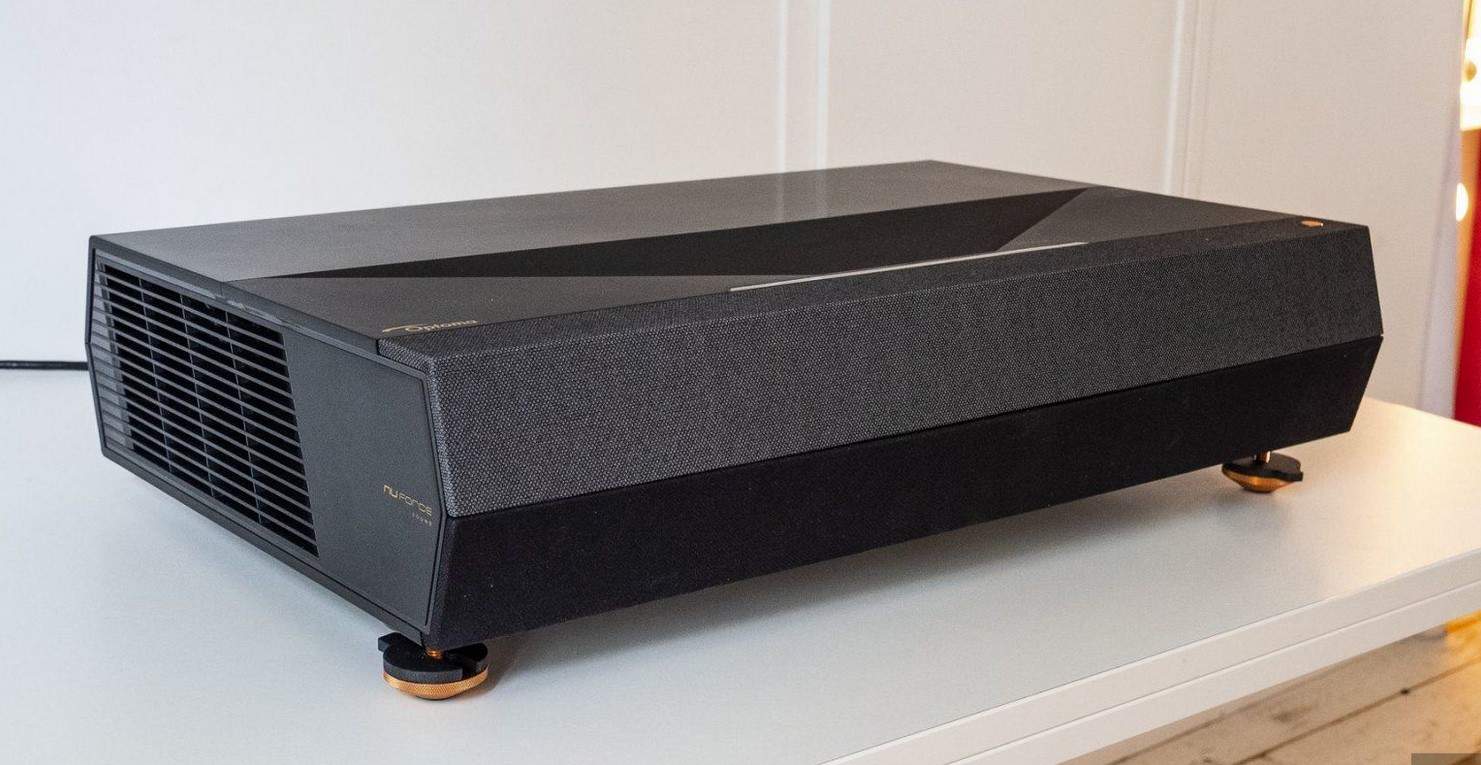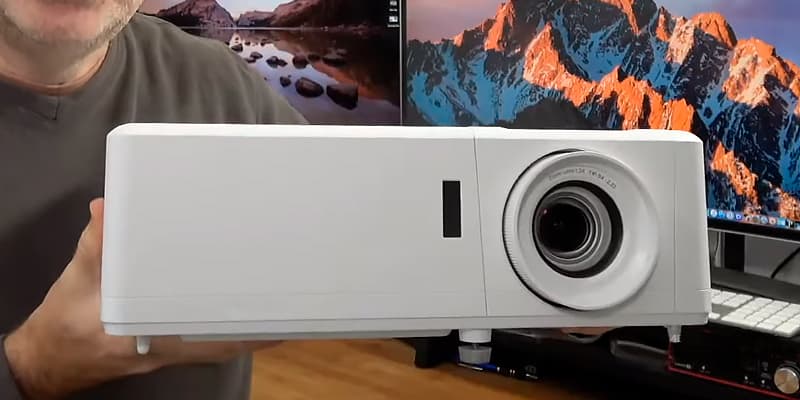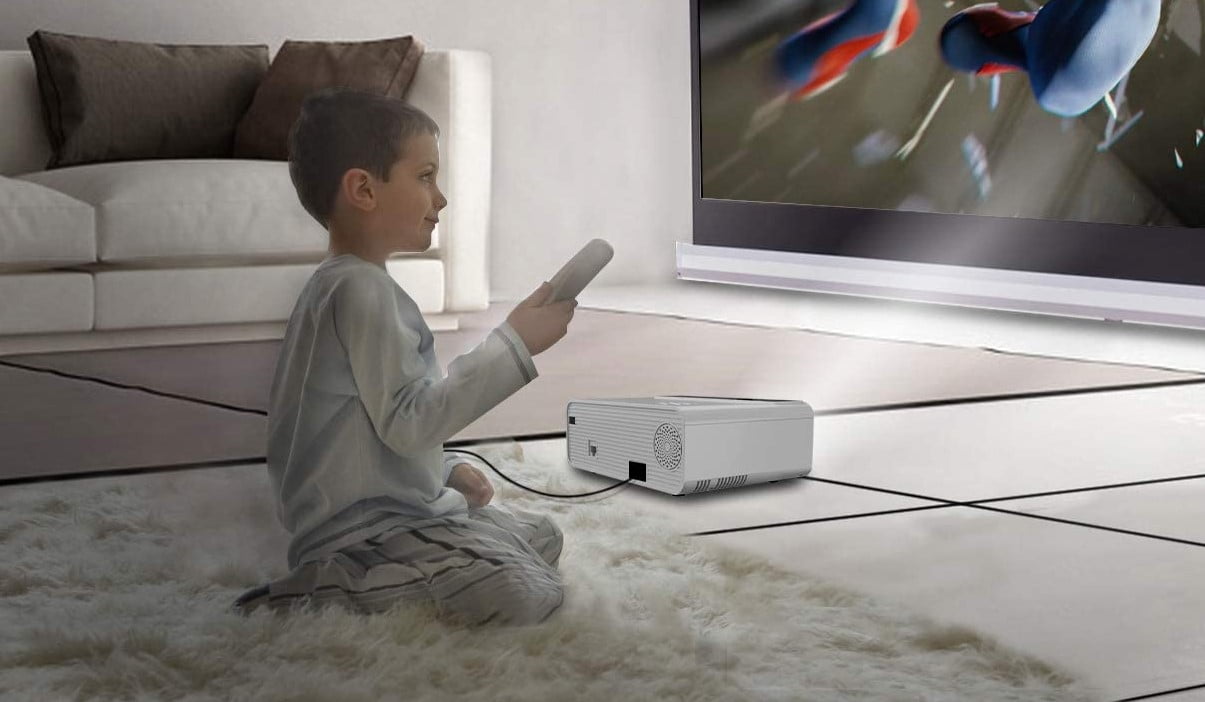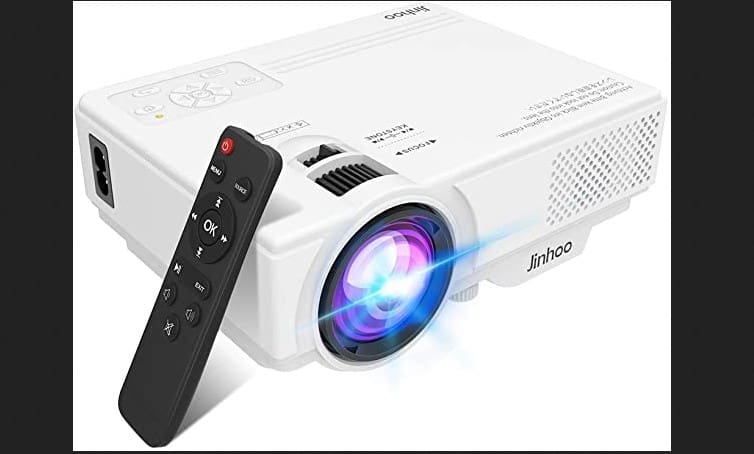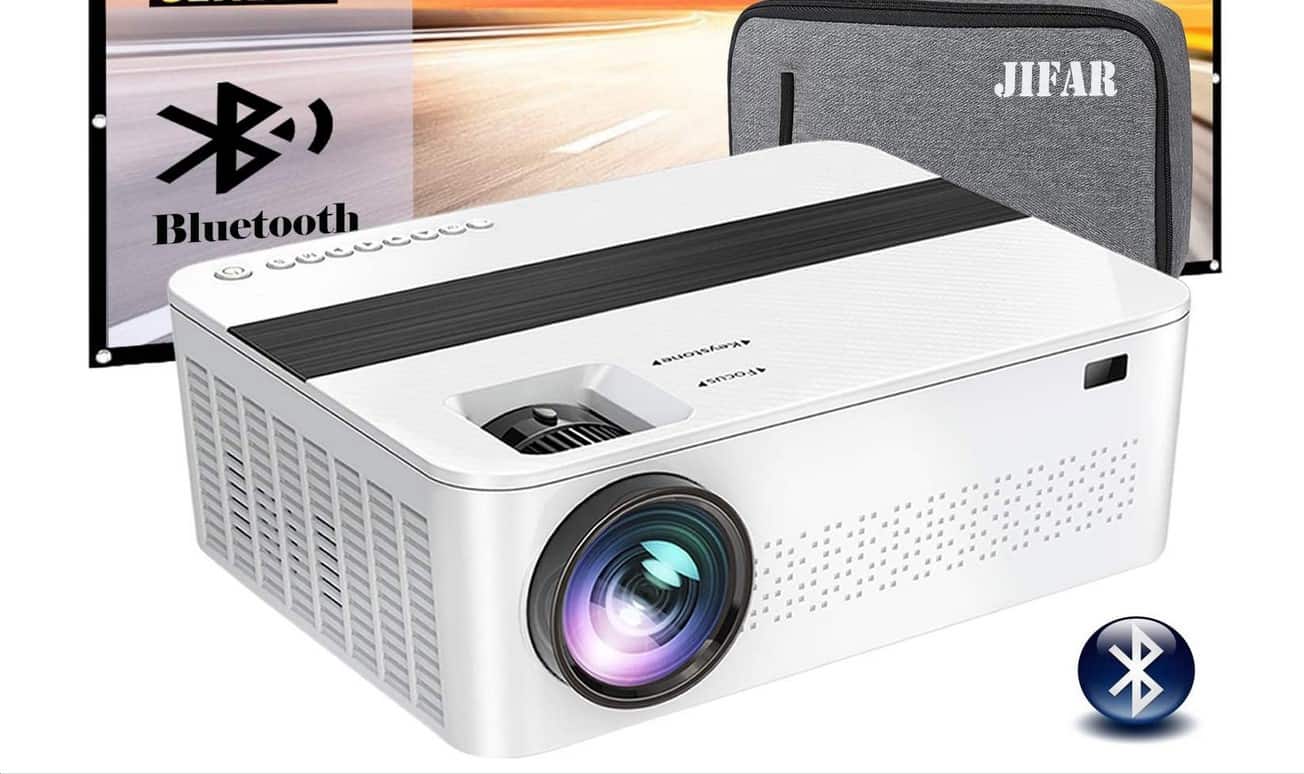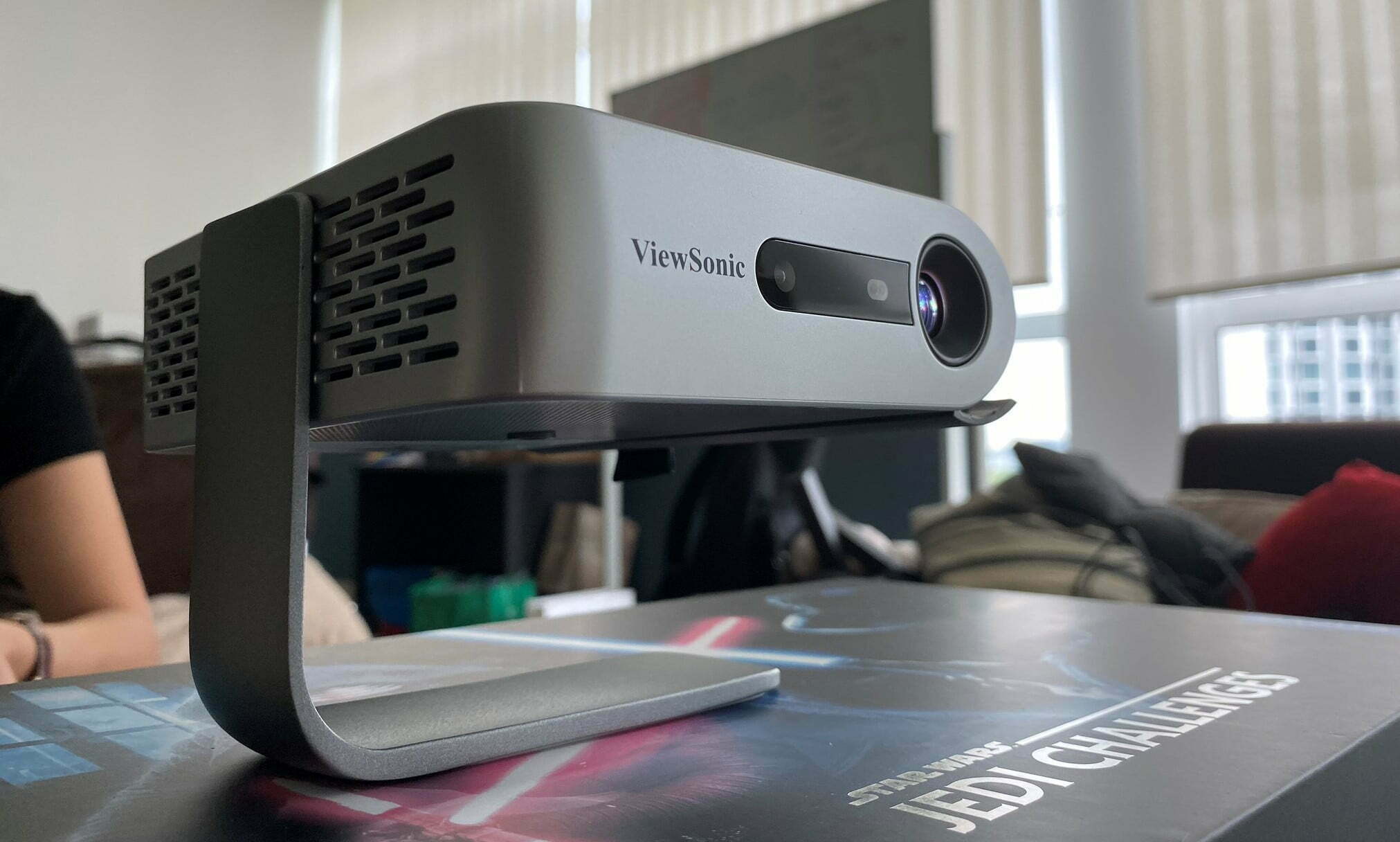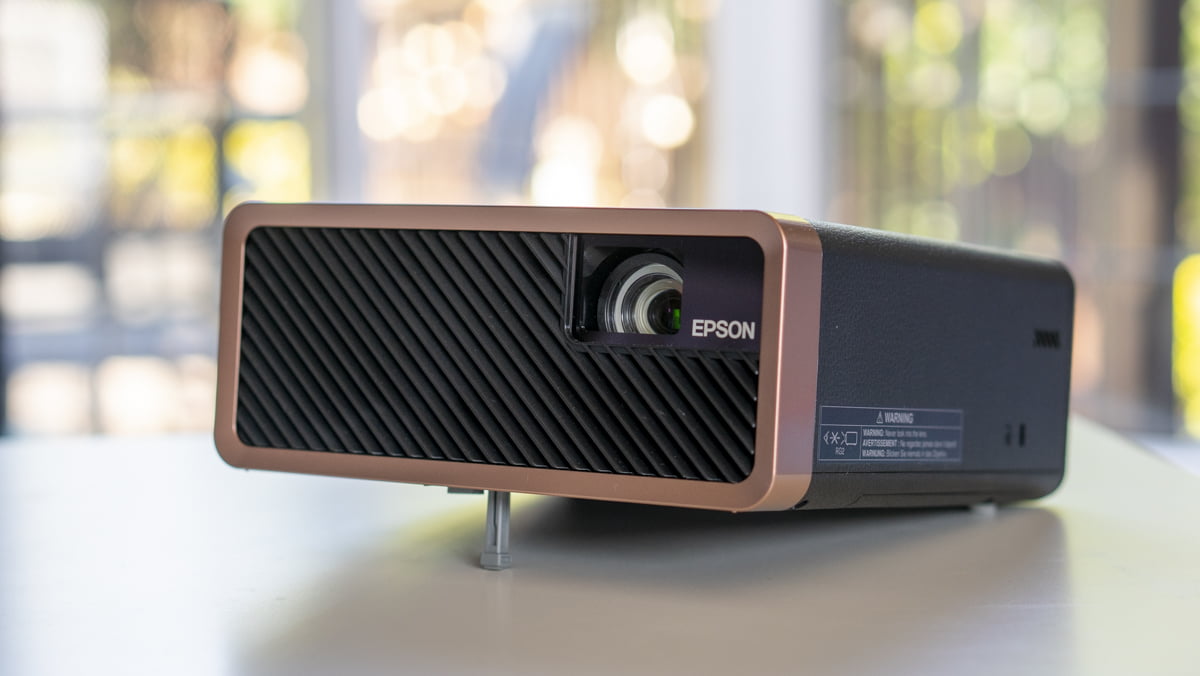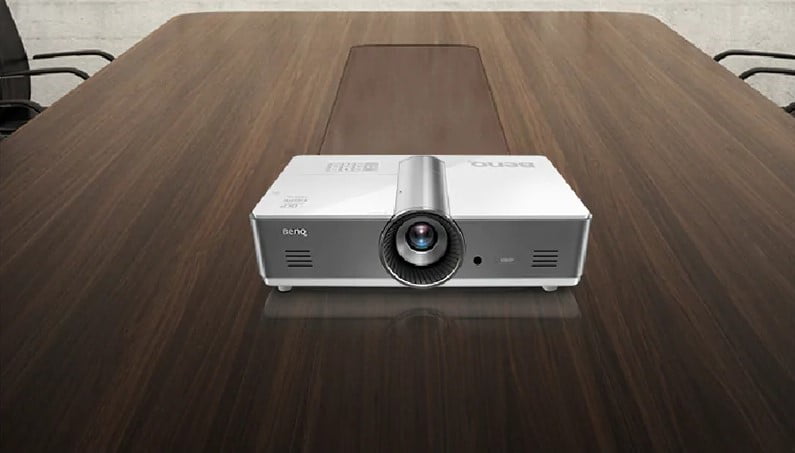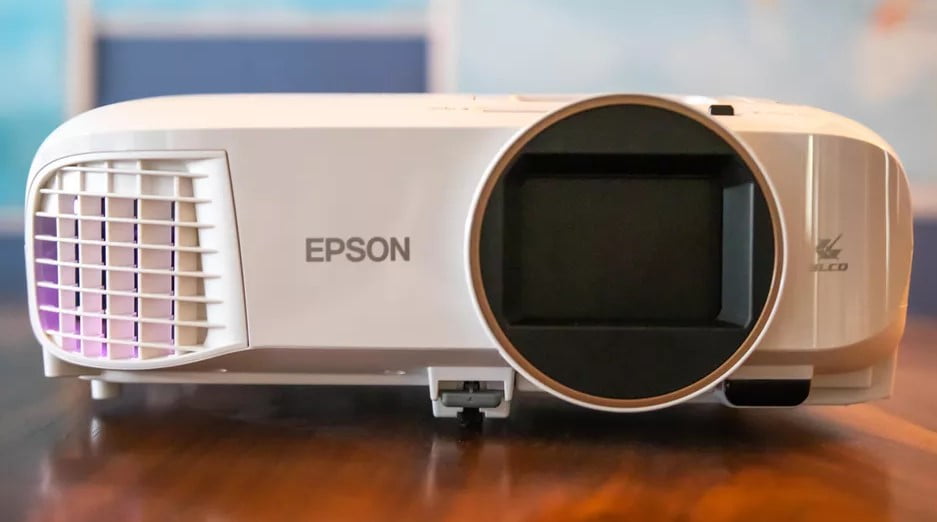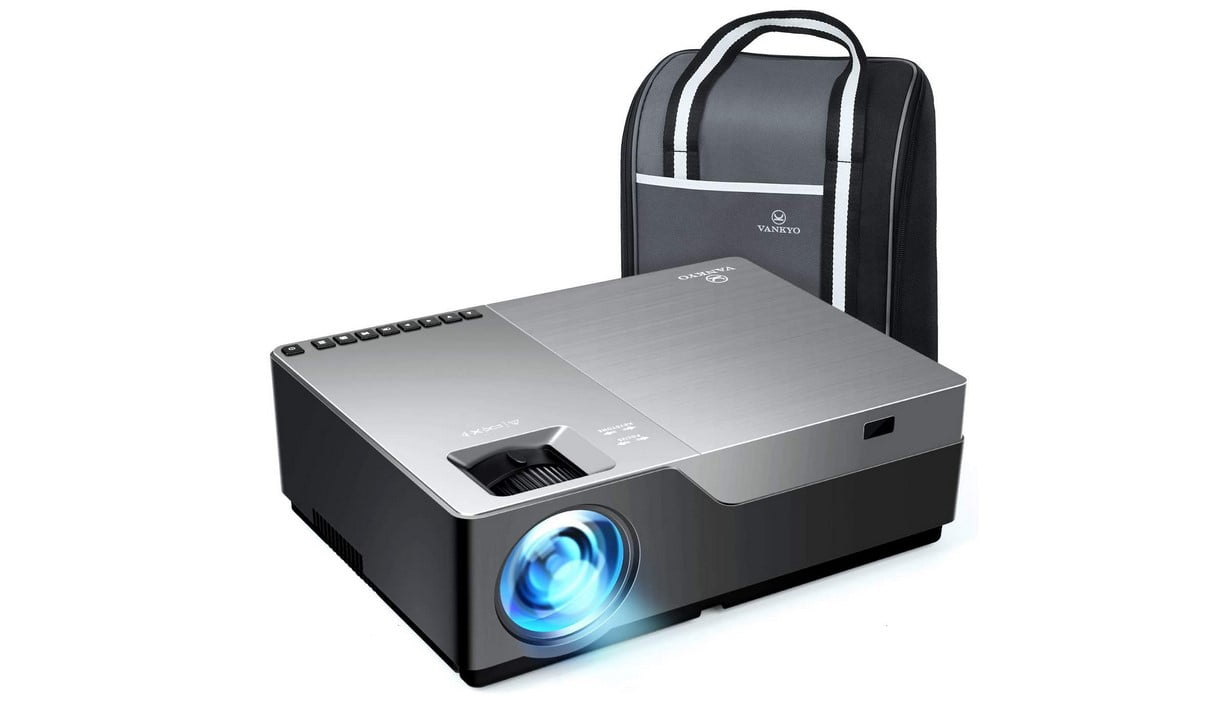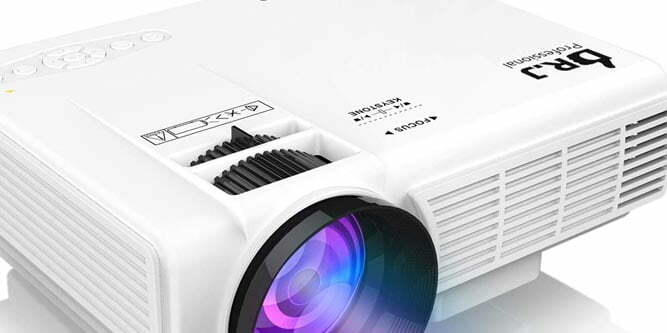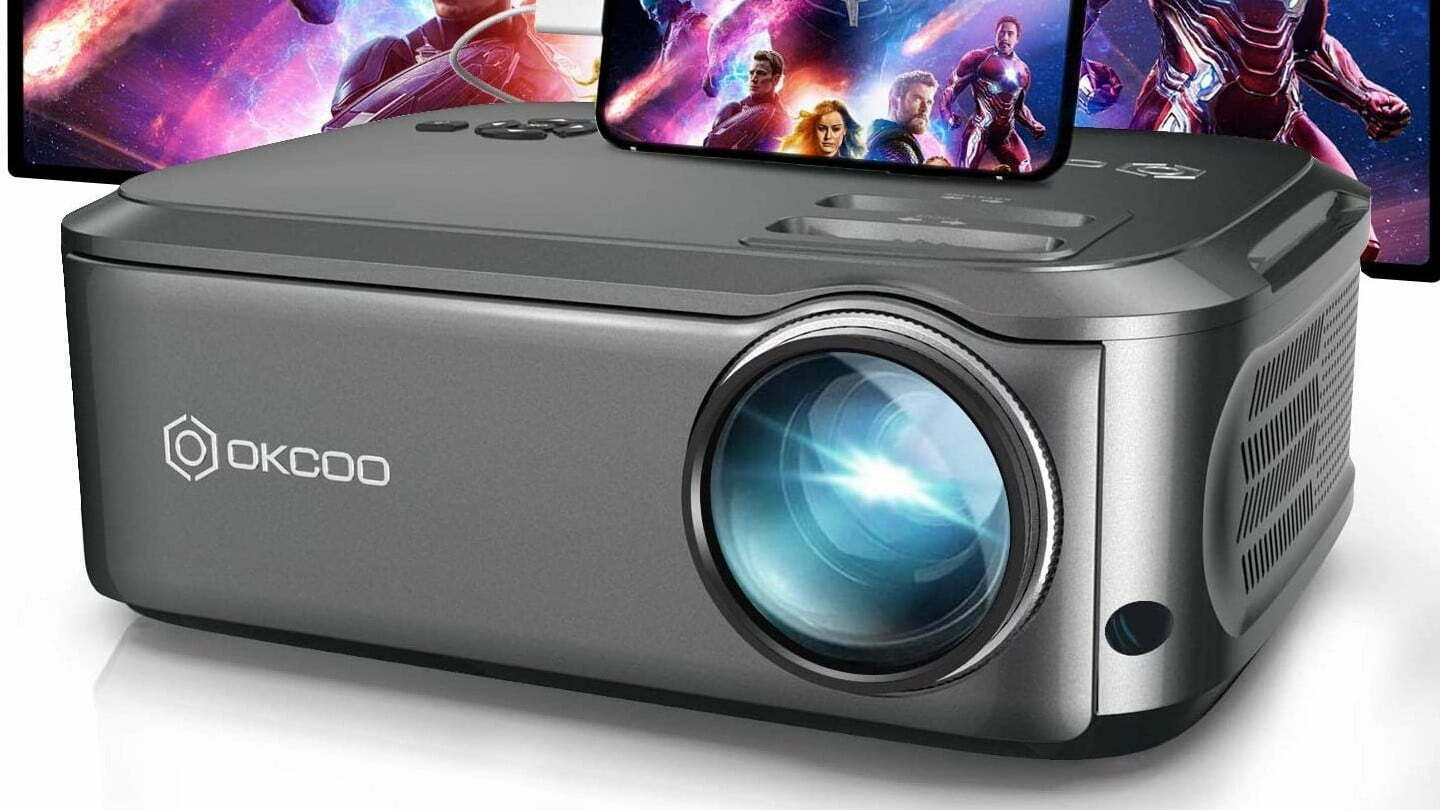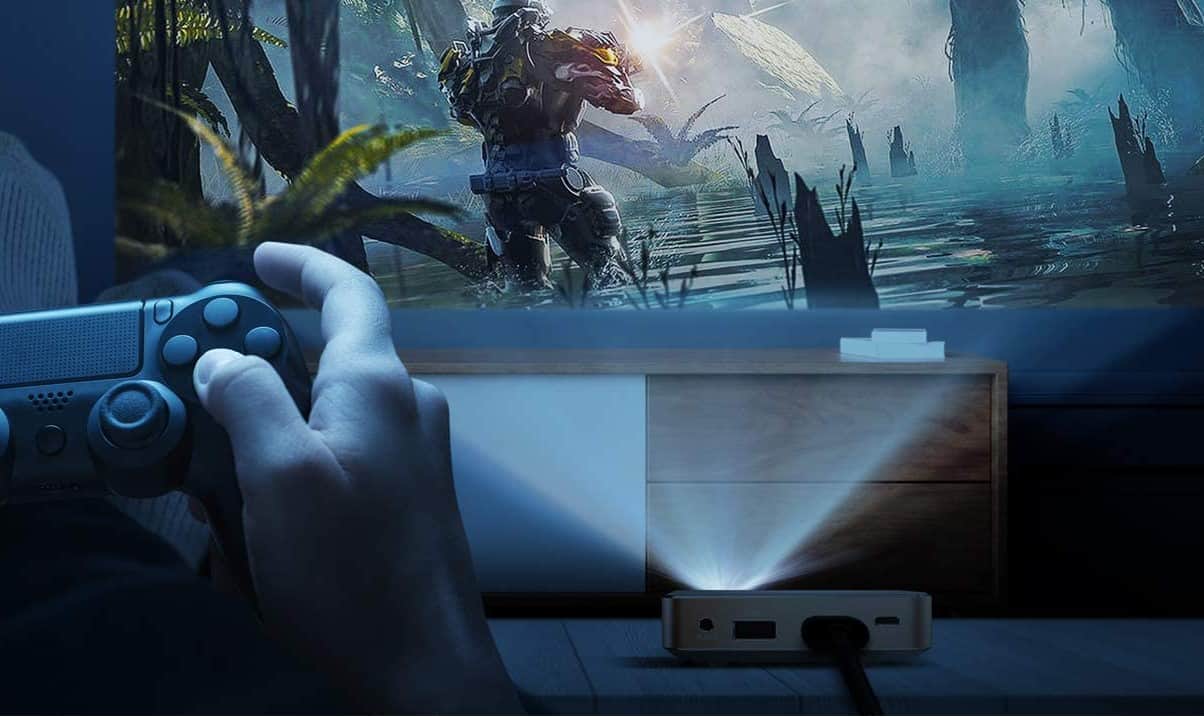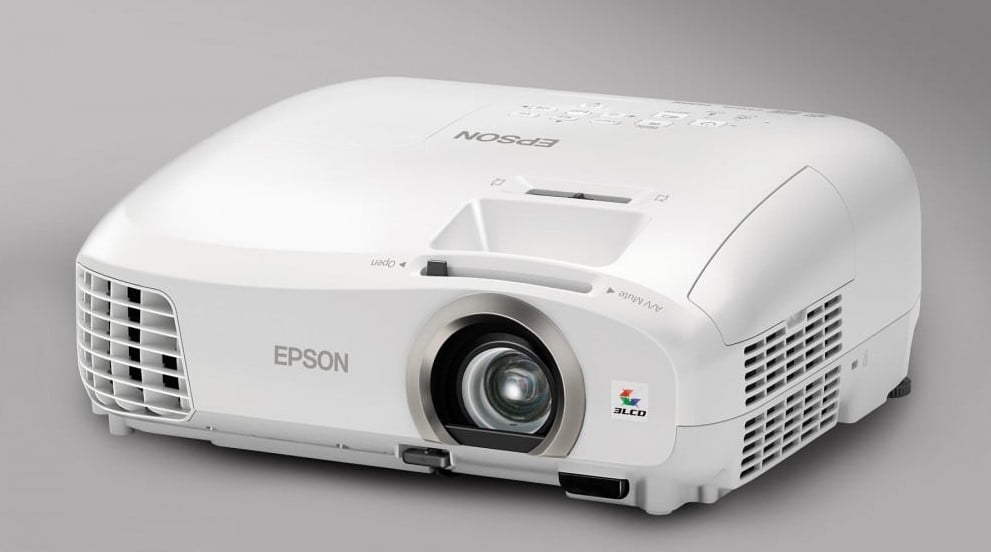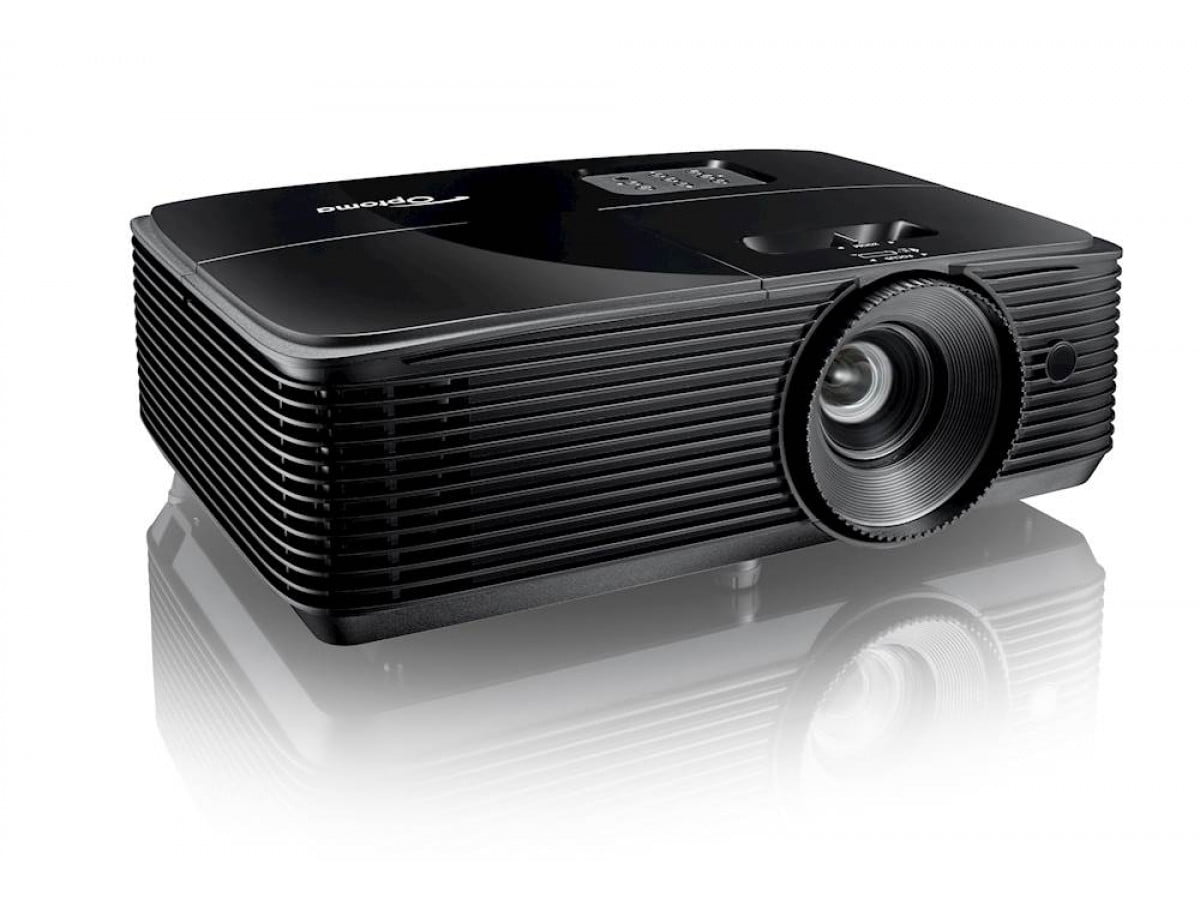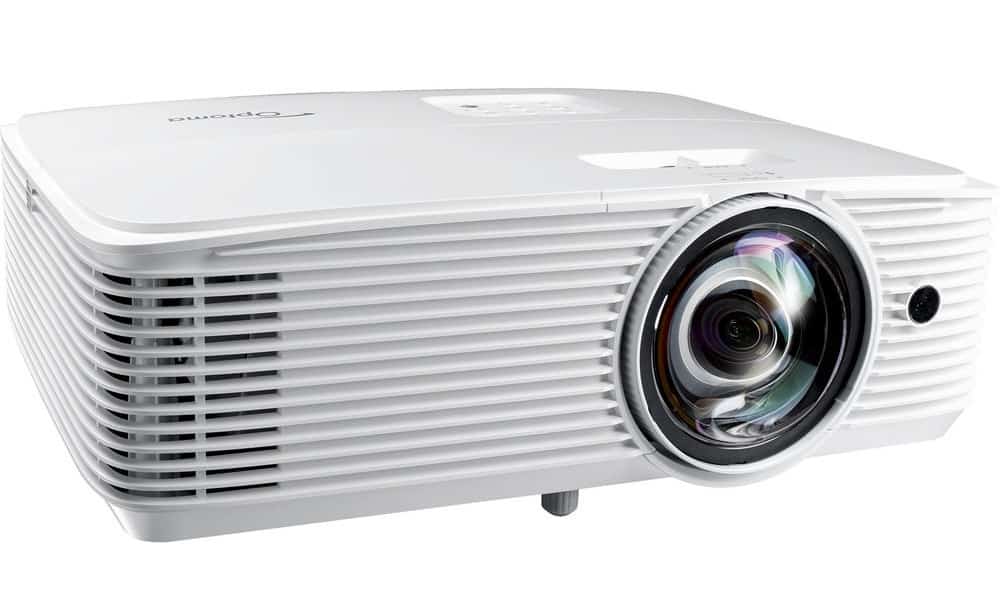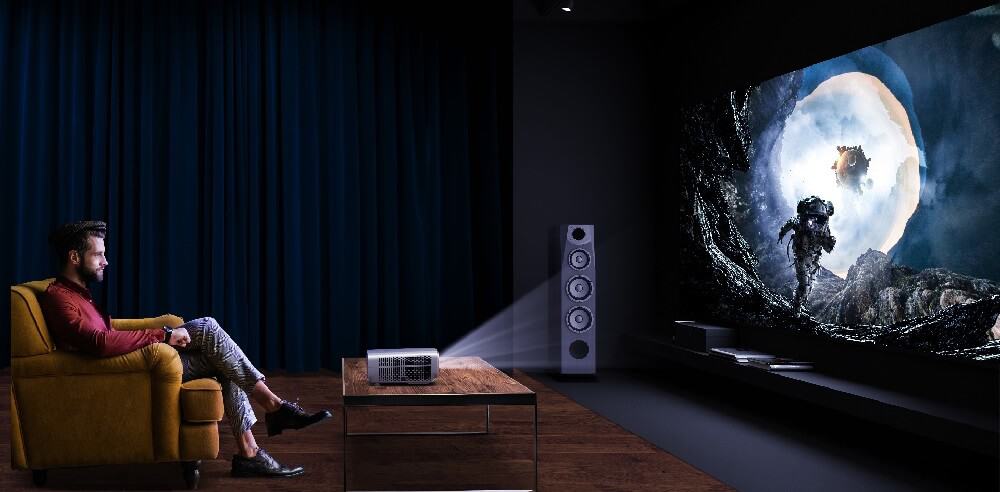To make the most of the best projector, you’ll need to know what is gain for a projector screen. While some people might think more gain the better, it’s not that simple. Additionally, there are other adjustments and fixes you can apply to your projector and screen, including fixing a retractable projector screen, improving projector color accuracy, selecting the right projector for your needs, and learning about the aspect ratio on a projector screen.
Many of these elements can help improve your viewing experience while you learn about gain for a projector. So read on, and we’ll walk you through understanding gain to capture the most impressive image quality possible.
KEY TAKEAWAYS:
- Gain on a projector screen is a measurement of the screen’s ability to reflect light.
- The standard gain screen is 1.0, which means your screen reflects the same amount of perceivable light as your projector is sending out.
- Most experts recommend a low gain projector screen with a high lumen projector for a home theater experience.
What is Gain?
Gain on a projection screen is based on its ability for light reflection. Therefore, knowing the reflectivity of your projection surface is essential for a brighter image and a wider viewing angle. That said, if you’re experiencing noticeable color shifts, you may want to look into projector color wheel repair.
Moreover, if you notice your video quality is not quite up to par for your viewing needs, you’ll want to compare a video gaming projector vs a home theater, to see which works best. In fact, you can start with our comparison of the Epson home cinema 3200 vs 3800 projectors.
Insider Tip
Make sure your screen is entirely smooth before checking for hot spots or troubleshooting other gain issues.
How is Gain Measured for a Projector Screen?
You should get your screen materials’ gain measurement from the center of the screen. The “zero degrees viewing angle” is where the projector screen’s reflective surface is the brightest. This is where we can find the most accurate gain ratio for our home theater projector.
What is the Best Gain Ratio for My Projector Screen?
The general rule of thumb for standard gain is 1.0. This means that the screen reflects the same perceivable light that the projector is giving off. For example, a 1000 lumen projector on a 1.5 gain screen surface will seem 1.5X brighter than the projector’s light, or 1500 lumens. A 1.0 screen ratio is usually the best choice, but make sure you know how to get wrinkles out of your projector screen to reach a consistent gain level.
Pros and Cons of High Gain
There are reasons to choose a high gain projection surface. That said, they are not always the correct choice. For example, a high gain screen offers bright, vivid images, but you will not have a wide viewing angle. In addition, a high gain screen fabric with a special coating for light rejection is ideal for a portable screen that is fighting against ambient light.
Pros and Cons of Low Gain
Most experts recommend a negative gain screen with a high lumen projector. However, a low gain screen in a home theater environment with low ambient light will produce a better dynamic range, especially with a grey screen. That said, lower gain screens diminish the brightness of your projector. So they aren’t the best choice for entry-level or low-end projectors or using a projector outside of ideal circumstances.
Warning
Do not choose a low gain screen unless your projector has enough lumens to compensate for the loss of image brightness.
F.A.Q.S
What size screen should you get?
Your screen size should match the space you have. If you choose an image size that’s too big, you may have a less comfortable viewing experience.
Which screen color should I choose?
A white screen is the most common option for most theater projectors. That said, a gray screen is an excellent choice due to its deeper black level.
Is a high gain screen a good thing?
High gain on a projector screen is sometimes good, but it will degrade your image quality most of the time. In addition, a high gain will reduce your viewing angle.
STAT: Fifteen years ago, the “big six” companies — Warner Bros., Walt Disney, 20th Century Fox, Paramount, Sony, and Universal – produced 20-25 blockbuster pictures, according to analyst Matthew Ball. Some companies were making as few as nine films by 2019. (source)
















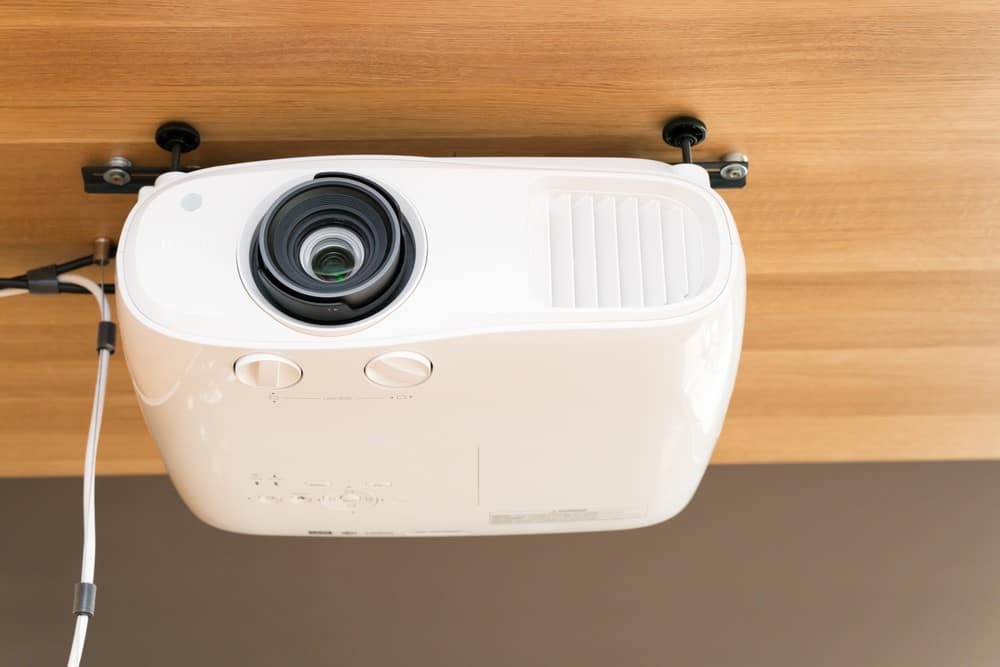
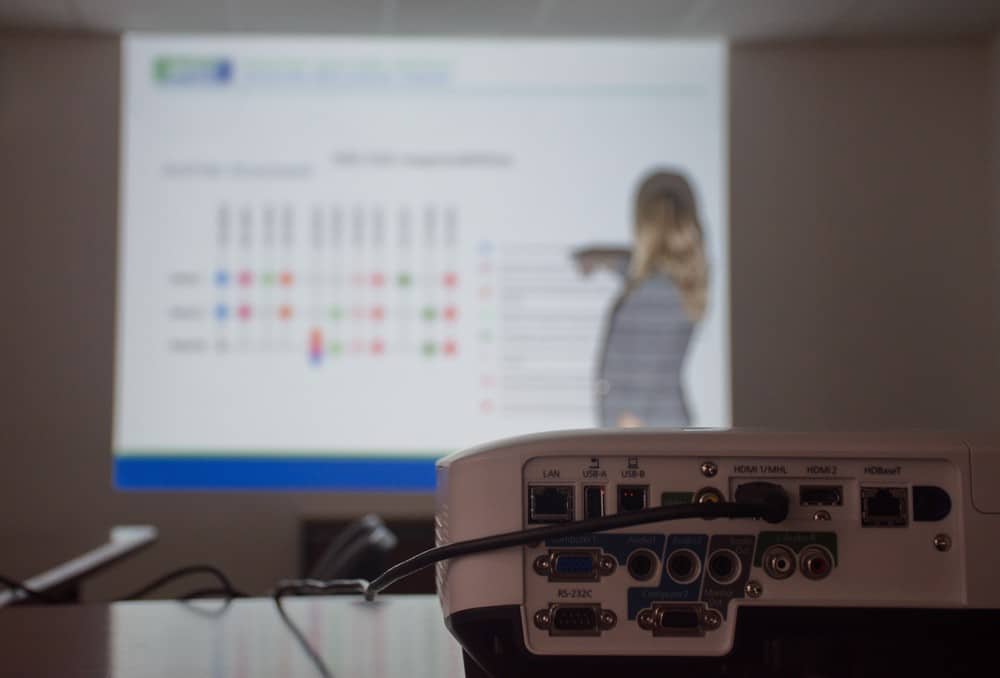



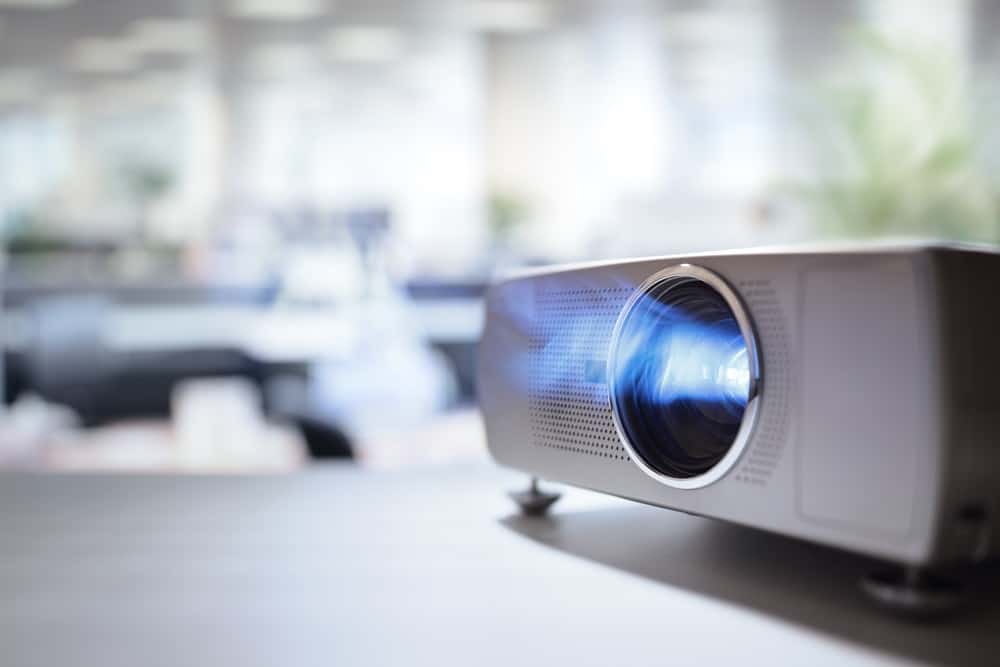
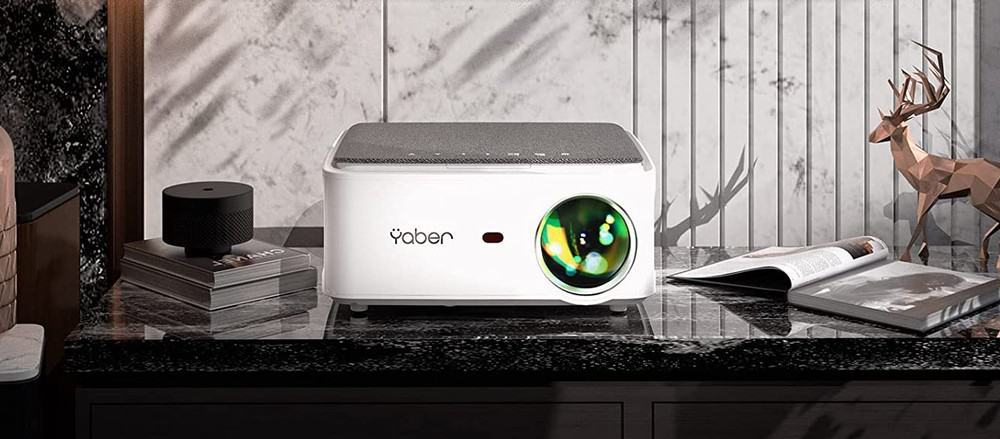

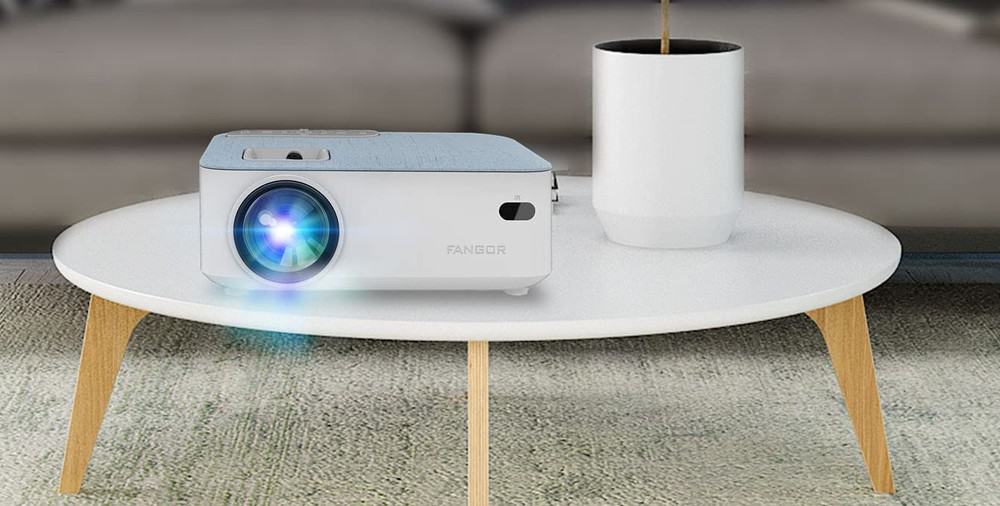

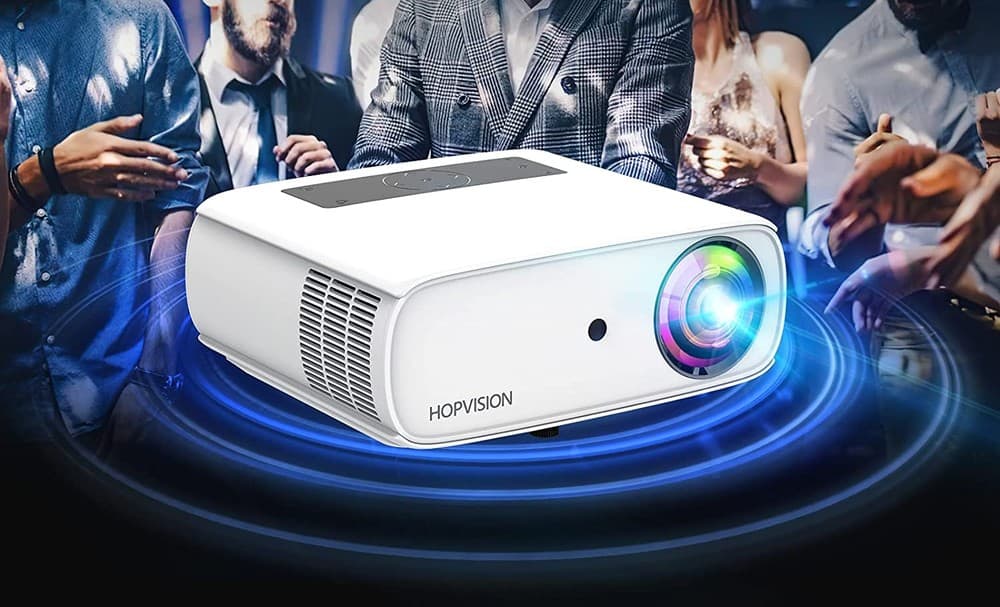

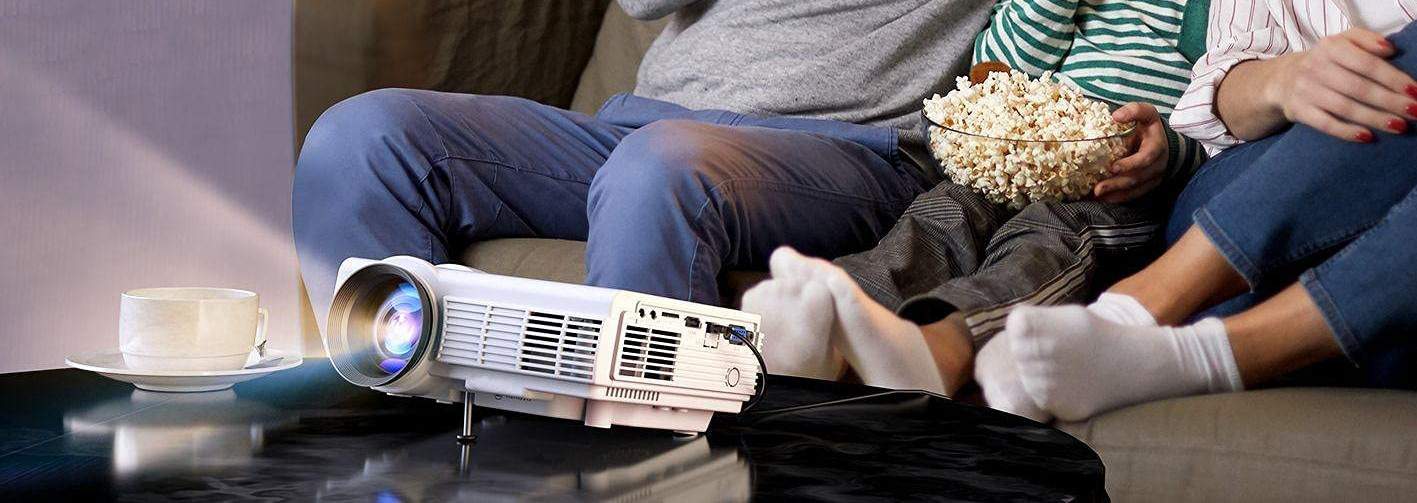

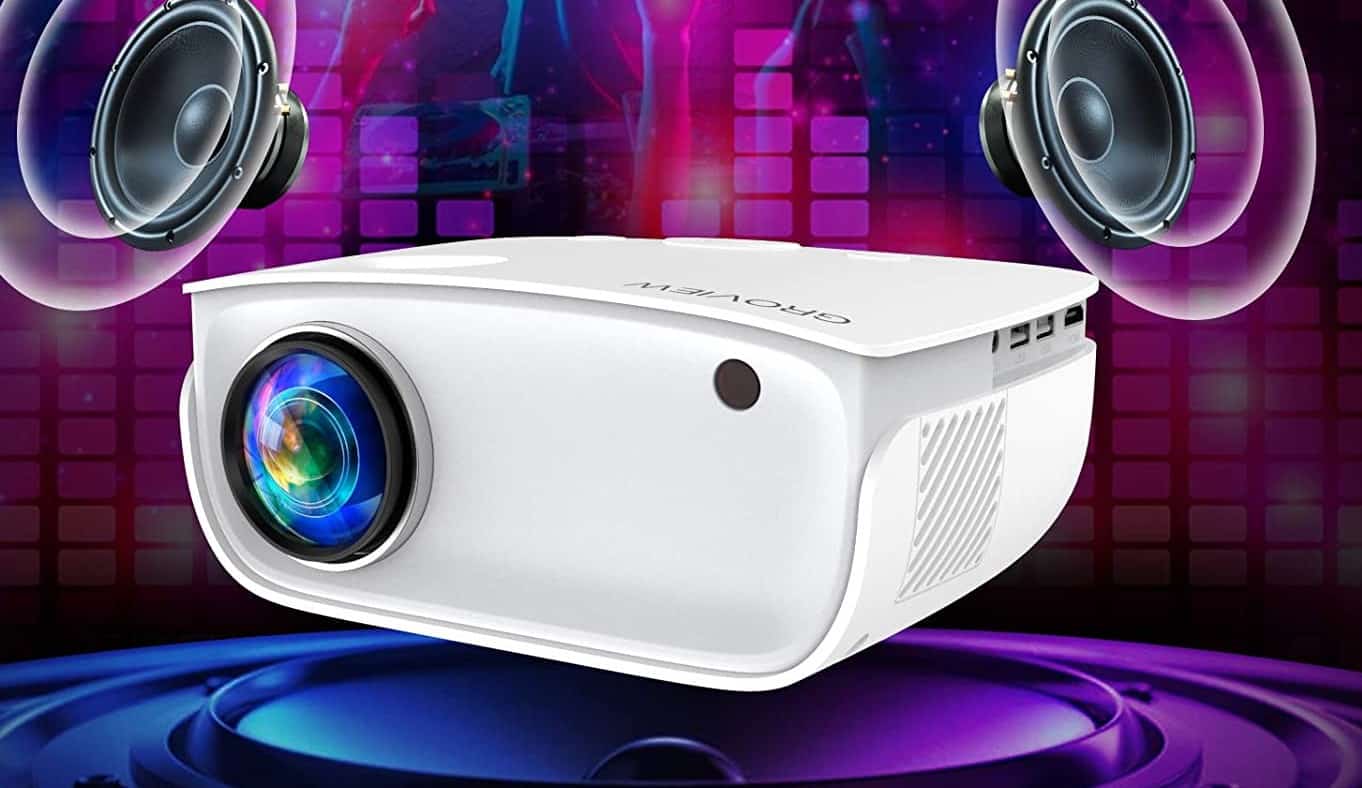
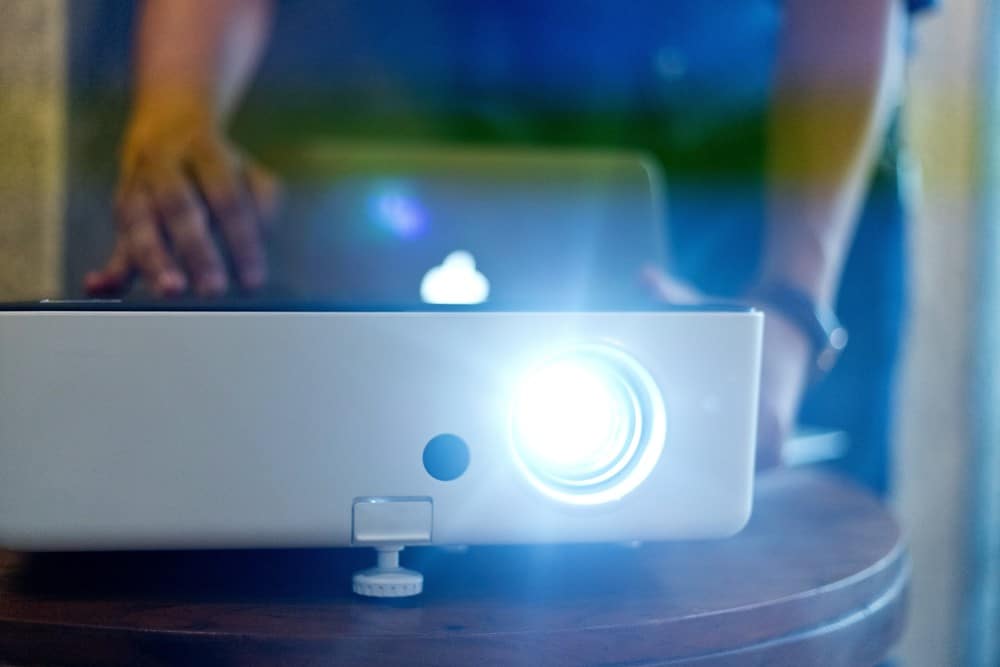

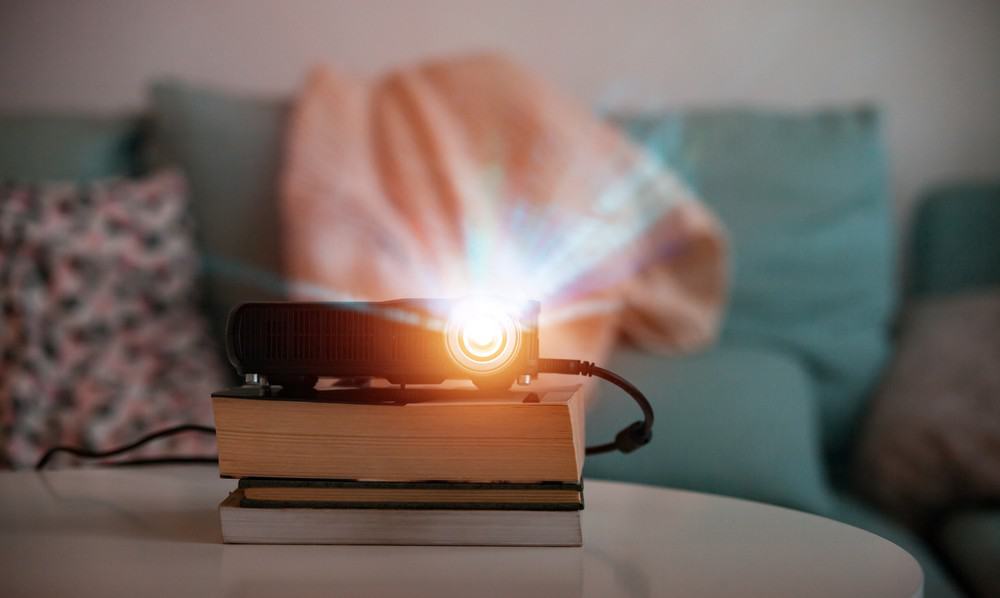
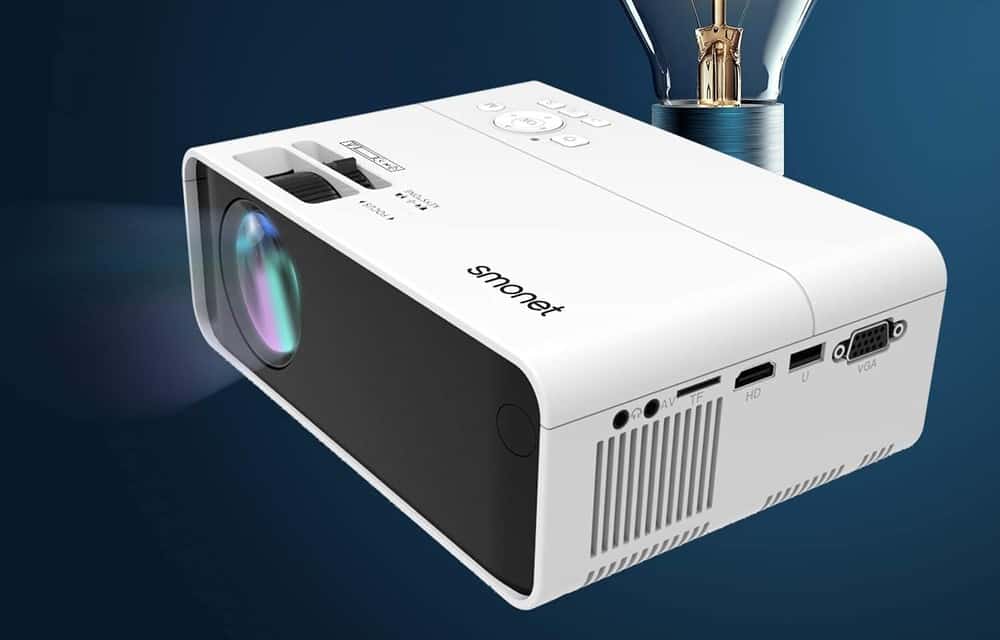
![Best Projectors for Daylight Viewing in [year] 27 Best Projectors for Daylight Viewing in 2025](https://www.gadgetreview.dev/wp-content/uploads/best-projector-for-daylight-viewing-image.jpg)
![Best Samsung Projectors in [year] 28 Best Samsung Projectors in 2025](https://www.gadgetreview.dev/wp-content/uploads/best-samsung-projectors-image.jpg)
![Best NEC Projectors in [year] 29 Best NEC Projectors in 2025](https://www.gadgetreview.dev/wp-content/uploads/best-nec-projectors-image.jpg)
![Best Acer Projectors in [year] 30 Best Acer Projectors in 2025](https://www.gadgetreview.dev/wp-content/uploads/best-acer-projectors-image.jpg)
![Best Quiet Projectors in [year] 31 Best Quiet Projectors in 2025](https://www.gadgetreview.dev/wp-content/uploads/best-quiet-projector-image.jpg)
![Best Projectors for Golf Simulator in [year] 32 Best Projectors for Golf Simulator in 2025](https://www.gadgetreview.dev/wp-content/uploads/best-projector-for-golf-simulator-image.jpg)
![Best Conference Room Projectors in [year] 33 Best Conference Room Projectors in 2025](https://www.gadgetreview.dev/wp-content/uploads/best-conference-room-projector-image.jpg)
![Best InFocus Projectors in [year] 34 Best InFocus Projectors in 2025](https://www.gadgetreview.dev/wp-content/uploads/best-infocus-projectors-image.jpg)
![Best Mini Projector in [year] ([month] Reviews) 35 Best Mini Projector in 2025 (December Reviews)](https://www.gadgetreview.dev/wp-content/uploads/best-mini-projector-image.jpg)
![Best Panasonic Projectors in [year] 36 Best Panasonic Projectors in 2025](https://www.gadgetreview.dev/wp-content/uploads/best-panasonic-projectors-image.jpg)
![Best Sony Projectors in [year] 37 Best Sony Projectors in 2025](https://www.gadgetreview.dev/wp-content/uploads/best-sony-projectors-image.jpg)
![Best Projector Stands in [year] 38 Best Projector Stands in 2025](https://www.gadgetreview.dev/wp-content/uploads/best-projector-stand-image.jpg)
![Best Ultra Short Throw Projectors in [year] 39 Best Ultra Short Throw Projectors in 2025](https://www.gadgetreview.dev/wp-content/uploads/best-ultra-short-throw-projector-image.jpg)
![Best Projectors for a Living Room in [year] 40 Best Projectors for a Living Room in 2025](https://www.gadgetreview.dev/wp-content/uploads/best-projector-for-living-room-image.jpg)
![Best RCA Projectors in [year] 41 Best RCA Projectors in 2025](https://www.gadgetreview.dev/wp-content/uploads/best-rca-projectors-image.jpg)
![Best Optoma Projectors in [year] 42 Best Optoma Projectors in 2025](https://www.gadgetreview.dev/wp-content/uploads/best-optoma-projectors-image.jpg)
![Best BenQ Projectors in [year] 43 Best BenQ Projectors in 2025](https://www.gadgetreview.dev/wp-content/uploads/best-benq-projectors-image.jpg)
![Best Projectors for Church in [year] 44 Best Projectors for Church in 2025](https://www.gadgetreview.dev/wp-content/uploads/best-projector-for-church-image.jpg)
![Best Projectors for Classroom in [year] 45 Best Projectors for Classroom in 2025](https://www.gadgetreview.dev/wp-content/uploads/best-projector-for-classroom-image.jpg)
![Best Epson Projectors in [year] 46 Best Epson Projectors in 2025](https://www.gadgetreview.dev/wp-content/uploads/best-epson-projector-image.jpg)
